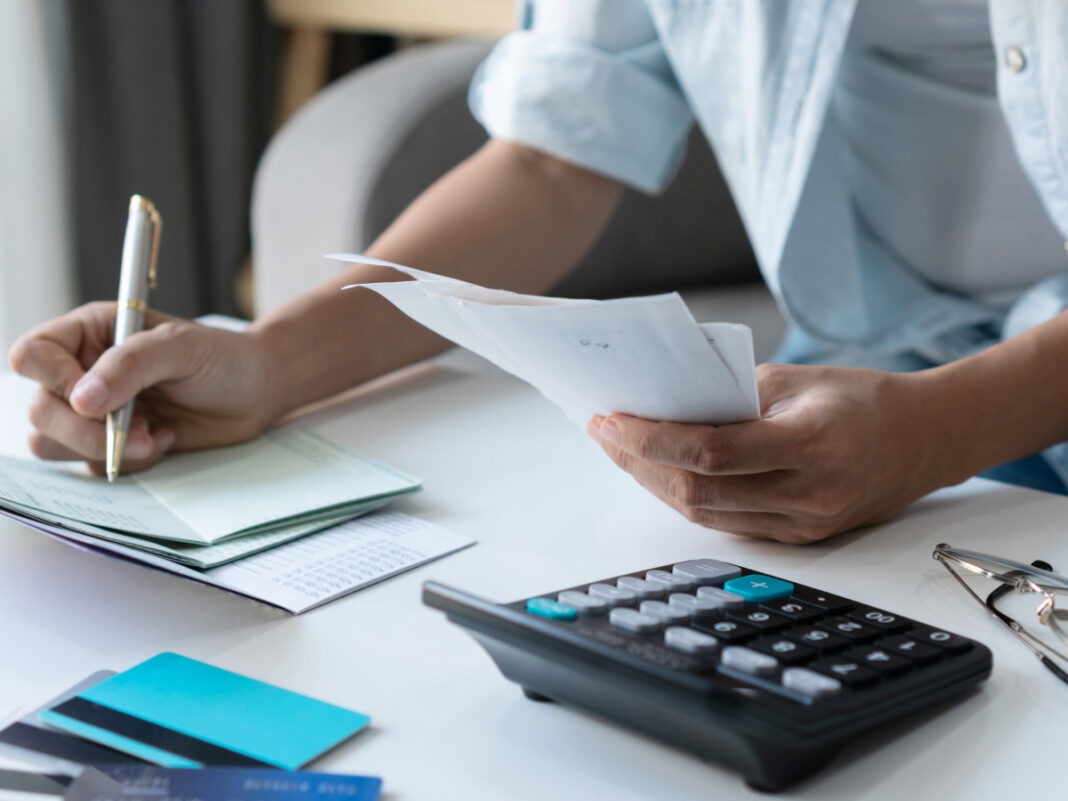Living with debt can impact quite a few aspects of your life. The stress of piling bills, high interest rates, and the fear of falling behind can be quite hard to deal with. However, with the right strategies and determination, it’s possible to turn things around and create a debt-free life.
Understanding Your Debt Situation
Before you can tackle your debt, it’s essential to understand where you stand. Calculating your debt-to-income (DTI) ratio is a crucial first step. The ratio is calculated by dividing the monthly debt payments by your gross monthly income.
A DTI over 36% is deemed risky, making it harder to repay debts and access further credit. If your DTI is:
- Less than 36%: Your debt load is manageable.
- 36-42%: Consider DIY methods like the debt snowball or avalanche.
- 43-50%: Seek advice from a nonprofit credit counseling agency.
- 50% or more: This is high risk, so consider consulting a bankruptcy attorney.
Understanding your DTI helps you determine the best approach to managing and paying off your debt.
Effective Debt Repayment Strategies
Once you know your debt situation, it’s time to choose a repayment strategy that suits you.
Debt Snowball Method
The debt snowball method entails paying off debts from the smallest balance to the largest. By focusing on the smallest debt first, you gain quick wins that can boost your motivation to tackle larger debts.
- Note down your debts from smallest to largest and ignore the interest rates.
- Make minimum payments on all debts, excluding the smallest one.
- Put any extra money toward the smallest debt until it is completely paid off.
- Repeat this process with the next smallest debt.
This method is effective for those who need early success to stay motivated.
Debt Avalanche Method
Alternatively, the debt avalanche method focuses on getting rid of debts that have the highest interest rates and saving you money on interest in the long run.
- Note down your debts from highest to lowest interest rate.
- Make minimum payments on all debts, excluding the one with the highest interest rate.
- Set aside extra funds to the debt with the highest interest rate until it’s paid off.
- Go to the next debt with the highest interest rate.
This method is ideal if you’re more concerned with saving money on interest payments.
Tracking Your Progress
Using financial apps or charts to track your progress can keep you motivated and adjust your strategies as needed. Celebrating milestones along the way can also keep you inspired to continue your journey toward a debt-free life.
Reducing Expenses and Increasing Income
To get rid of your debt faster, consider ways to lower your expenses and boost your income.
Cutting Unnecessary Expenses
- Reduce dining out and entertainment expenses.
- Cancel unused subscriptions.
- Negotiate lower rates for utilities and services.
By finding hidden money in your budget, you can redirect these funds toward debt repayment.
Boosting Your Income
Increasing your income can significantly accelerate debt repayment:
- Take on a side gig or part-time job.
- Sell unused items.
- Consider freelance or consulting opportunities.
Every extra dollar earned can help you pay down your debt more quickly.
Utilizing Debt Consolidation
Consolidating debt entails combining multiple debts into a single loan with a lower interest rate. This can help simplify payments and reduce the total amount of interest you pay.
Balance Transfer Credit Cards
Transfer your high-interest credit card balances to a new card offering 0% interest during a promotional period, typically 15–21 months. This option usually requires good to excellent credit.
Take out a personal loan to pay off your debts, then repay the loan in fixed monthly installments with a lower interest rate. This option is available even if you have less-than-perfect credit, though better credit scores secure lower rates.
Seeking Professional Help
If your debts are overwhelming and you’re struggling to make progress, it might be time to seek professional assistance.
- Consult a nonprofit credit counseling agency for advice and potential debt management plans.
- Explore debt relief options if traditional repayment methods are not viable.
Success Stories
Sometimes, hearing how others have successfully paid off their debts can provide the motivation you need.
For example, Jason and Caroline paid off $124,094 of debt in less than two years by making significant lifestyle adjustments and using systematic strategies. They focused on spending less, earning more, and tracking their expenses diligently. By cutting unnecessary costs like expensive car leases and entertainment expenses, they saved substantial amounts annually. They also increased their income through freelancing and launching online courses.
Their journey highlights the importance of commitment, strategic planning, and the willingness to make temporary sacrifices for long-term financial freedom.
Conclusion
Becoming debt-free requires commitment, discipline, consistency, and effective strategies. By understanding your debt situation, choosing the right repayment method, reducing expenses, increasing income, and seeking help when needed, you can create a debt-free life and enjoy financial freedom.


